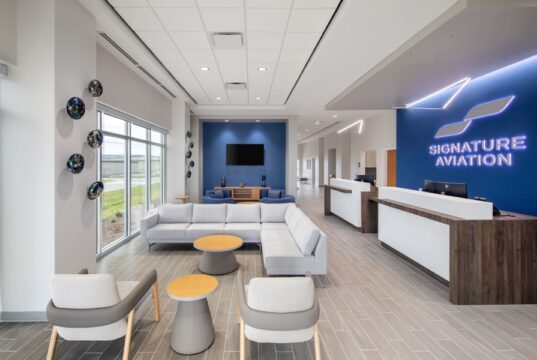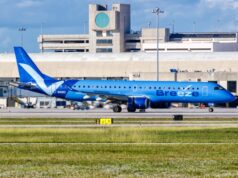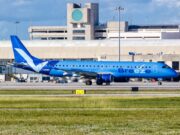
I recently took a new job as a flight instructor in central Florida. The company I work for, besides providing instruction, also provides FBO and airport management services at a small county-owned airport. Even in the short time I’ve been with the company, I’ve learned a lot about managing aircraft, both local and transient, and airports. Plus, I have been able to learn about flying by performing seemingly mundane tasks around the office.
One of the best ways to do that has been through conversations with operations workers at the airport. These employees know a lot about aviation through not only working the ramp, but also by meeting transient pilots who take on fuel, picking up passengers, or renting a crew car for a few hours. They provide meaningful insights that help me expand my own understanding of the aviation industry and flying.
Making similar connections becomes easier when I’m not flying. Without stepping foot in an airplane, I can grow by meeting with pilots as they travel through the airport in their own aircraft. Whether operating multi-engine, turbine aircraft or single-engine, piston planes, the professional and amateur pilots offer a new perspective that add to my “flight bag” and bring with me to a new scenario.
Equally interesting is to learn about the business side of aviation from fellow flight instructors who have a hand in running the company. Years of running a flight school – not only instructing but also meeting with students who are learning with other instructors, developing training curricula, and picking the best aircraft to use for training – illuminate insights that you cannot learn just from teaching. As I have begun work for the first time, I note that this wisdom has been passed down through the hiring and onboarding processes I experienced.
It is convenient that many of the business leaders I have met at my school either have or are connected to people who have decades of experience in the cockpit. I can ask endless questions about teaching and flying and grow myself through what I learn. Making these connections is critical and would not have happened without access to people in various sectors of the aviation industry.
I can’t overlook mentioning the mechanics and maintenance technicians who work on local aircraft. I can speak to them when I have questions about the aircraft I fly. Being able to interact with my aircraft in a new, hands-on way does wonders to help me connect to concepts I learned on paper from the Pilot’s Operating Handbooks that depict and describe the aircraft’s physical structures. Through these individuals, I am making connections that I otherwise might not. This networking enriches my flying and makes me a safer, more well-rounded pilot and flight instructor.
Of course, a variety of flight schools can provide a range of opportunities that might not be found otherwise. I have encountered schools that will take students to air traffic control towers to meet with familiar voices and learn about another side of aviation. Club meetings and aviation-interest organizations can provide a deeper dive into a particular topic that may not otherwise be accessible. Even well used social media has connected me with experienced, knowledgeable pilots and instructors whom I have been able to turn to with questions and concerns about my path forward.
Simply being present at the airport without meeting with students can bring me and my career great benefit. If I were not there, I would lose out on many opportunities to meet new people, see new things, and even interface with new students who will eventually help me grow in some way. Whether it be through attending talks and special events or simply striking up a conversation with someone nearby, I have found that there are many ways to continue growing and learning as I pursue my career.





















































































































